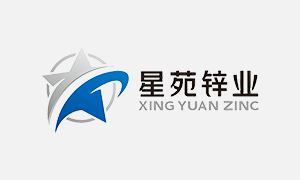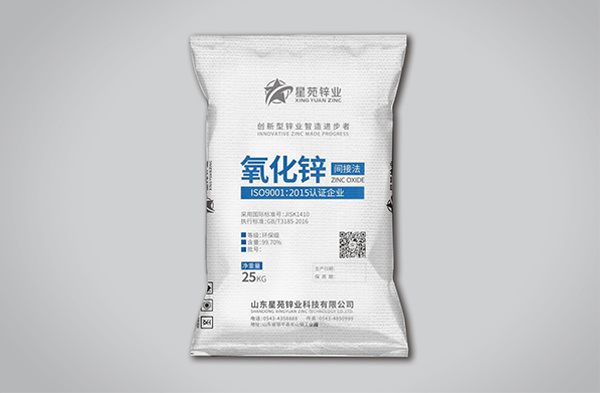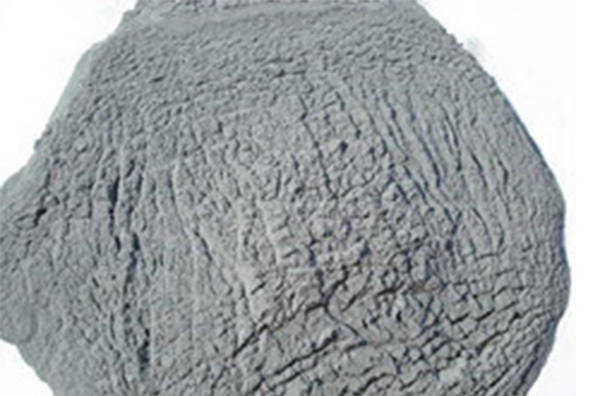What is the function of zinc oxide in phosphating solution?
2021-05-08
Zinc phosphate is a white powder, stable at room temperature, with good covering power and coloring power. It is insoluble in water and alcohol, but soluble in acid, alkali, ammonia, and salt solutions, and is an amphoteric oxide. It absorbs carbon dioxide and water from the air to form zinc carbonate, which is white. It turns yellow when heated and returns to white upon cooling.
Zinc Oxide in Phosphating Liquid It is a white powder, stable at room temperature, with good covering power and coloring power. Insoluble in water and alcohol, soluble in acid, alkali, ammonia and salt solutions, it is an amphoteric oxide. It absorbs carbon dioxide and water in the air to form zinc carbonate, appearing white, turning yellow when heated, and recovering its white color after cooling.

Characteristics of Zinc Oxide in Phosphating Liquid:
In phosphating liquid, it is stable in performance, and after dissolving, it is clear and transparent, making the phosphating liquid better play a role in anti-corrosion, anti-aging, and protecting the metal surface.
Zinc oxide reacts with phosphoric acid to produce zinc phosphate, which can be used for anti-corrosion and rust prevention on metal surfaces, that is, forming a zinc-iron-phosphate coating on the metal surface as a rust-proof pigment. Zinc Oxide in Phosphating Liquid As a petroleum product additive, such as t202 (i.e., dialkyl dithiophosphate), abbreviated as ZDDP, it is an indispensable composite additive in lubricating oil, accounting for about 10-15% of the consumption of various additives, and has the effects of anti-oxidation, anti-corrosion, and anti-wear.

Adding zinc oxide in phosphating liquid to glass can increase transparency, brightness, and tensile deformation resistance, and reduce the coefficient of thermal expansion. It has found new applications in optical glass, electrical glass, and low-melting-point glass.
In the electronics industry, zinc oxide in phosphating liquid is mainly used to manufacture magnetic materials - ferrites - for electronic components. Televisions, electrical communication devices, and rheostats all use this magnetic material.
In the ceramics industry, Zinc Oxide in Phosphating Liquid It is widely used in brick and tile glazes, semi-transparent glazes for coarse pottery, and transparent coarse glazes for craft tableware.
In the plastics industry, zinc oxide in phosphating liquid is used as a UV stabilizer, which can improve the weather resistance of polyethylene. Zinc resin obtained from the reaction of resin acid and zinc oxide can be used to produce quick-drying oil.
Many zinc reactions, such as zinc chloride, zinc sulfide, lithopone, zinc acetate, zinc chromate, zinc nitrate, zinc borate, etc., are produced using zinc oxide as a basic raw material. In addition, zinc oxide is also used in medicine, matches, fireworks, smoke bombs, optics, photography, copying, batteries, aerospace, ammonium nitrate, and even cigarette filters, showing its wide range of applications.










